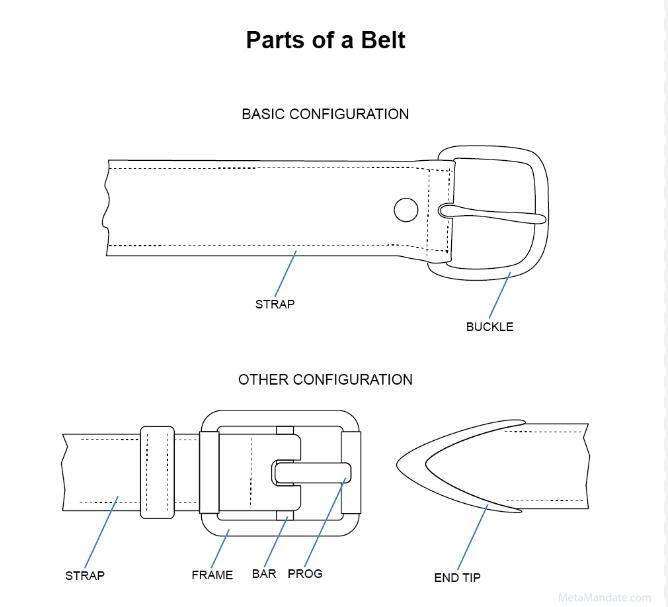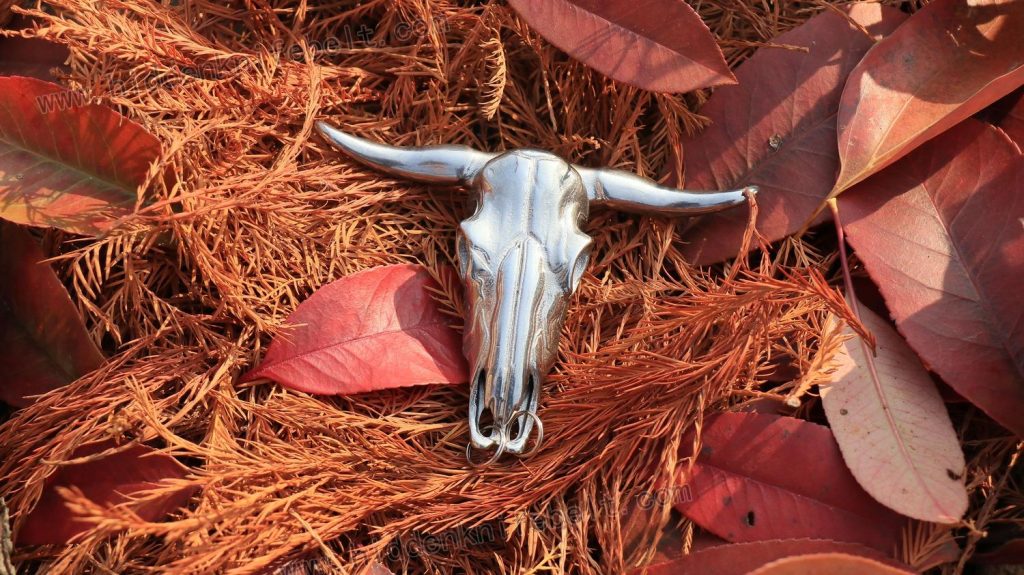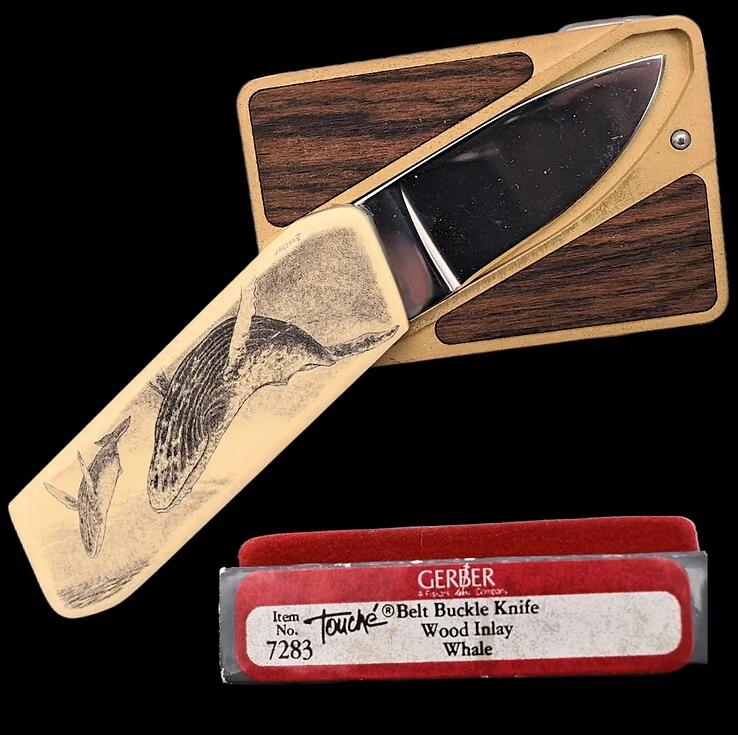
An adamant belt buckle—one which I take for granted in my daily outfit but plays a very crucial role in retaining the belt on my waist and adding a dash of style to the outfit—is part of my daily ensemble. Therefore, it will give me a chance to introduce you to the interesting world of belt buckles, whereby I shall look at each part and function that takes place. Normally, it will have a number of parts, each with its own contribution to the function and aesthetic value of the whole.
The Frame holds together the shape and structure of the buckle. It is the basic foundation of the shape and structure of a buckle. It is the part that encircles the prong or post and comes in a wide variety of styles and designs. The part of the buckle, therefore, which meets the eye in terms of its appearance, is the frame; it may be simply unpretentious for the more classic look it provides, or it may be ornate and overly decorated for the more ornamental effect it bestows. Materials range from metals such as brass, steel, and silver to plastics and even wood for artisanal versions.
Next comes the Prong, or what some people call the Pin. The Prong is the rod that properly takes placement in the holes of the belt in order for it to clamp into position. Pivotal through the frame, the prong in this case catches the belt at the desired hole when needed so as to adjust its size. Simplicity in the prong, which attains its effectiveness, suggests the form required; the ornamentation may be as varied as the design of the tongue itself or it may be merely an added element to harmonize with the design of.
The Bar is where the prong attaches and acts as a fulcrum for the prong to pivot. The bar is to be secured within the frame of the traditional buckle such that it forms a stable base for the movement of the prong. It is the part of a buckle through which the prong runs for the belt to operate in moving up tight against the prong in efforts to make the belt fasten and stay secured.
The post, identified in post-closure buckles, acts as the prong but has a different action mode. It does not have any pivoting; the post is a fixed member passing through the hole in the belt to make the belt secure.
This provides a smoother, cleaner look, as with this type of buckle, one may see fewer elements of its structure. The Tongue: in designs that this term is applicable, it refers to the part that slides through the belt’s holes, working similarly with the prong but being specific to some buckle types. In addition to these basic elements of all belt buckles, many belt buckles also include further elements that increase their functions or aesthetic value.
The keeper is actually a loop often made from the same material as the belt itself or coordinating material, which retains the tail end of the belt after it has been threaded through the buckle.
This prevents the belt from flapping and ensures a neat appearance.
Some belt buckles are reversible, allowing the buckle to flip so that it can be used with a belt that has different colors or texture on either face of the leather. Versatility is one of the important characteristics of an accessory that will ensure it is worn with the most variety of clothing. In the world of decorative buckles, Ornamental Designs can turn a buckle from a simple, functional piece into a showcase item. They may be engraved, embossed, or even inlaid with stones, enamel, or other materials, including the expression of personal style or particular interests for the wearer of such a piece.
Belt strap attachment simply refers to that point at which the buckle is attached to the body of the belt. This may be done with snaps, screws, or through a clamp mechanism, as per the design of the buckle and the belt. This might be added to the side in order to secure the belt, insuring that it remains rightly positioned in place and holding the trousers properly on to complete the look of the outfit. Summing up, the belt buckle is by far not just some simple detail to fasten a belt but rather a very complicated accessory that includes several details and contributes to both the functionality and style of the accessory. From its structural frame and prong to the decorative elements and the mechanisms for attachment to the belt, everything gives in the perfection and harmony of the whole a mite toward the accomplishment of its purpose. Learning the parts of a belt buckle gives new appreciation for this most necessary accessory, showing artistry and engineering that go into making a piece that has to be wearable and attractive.



